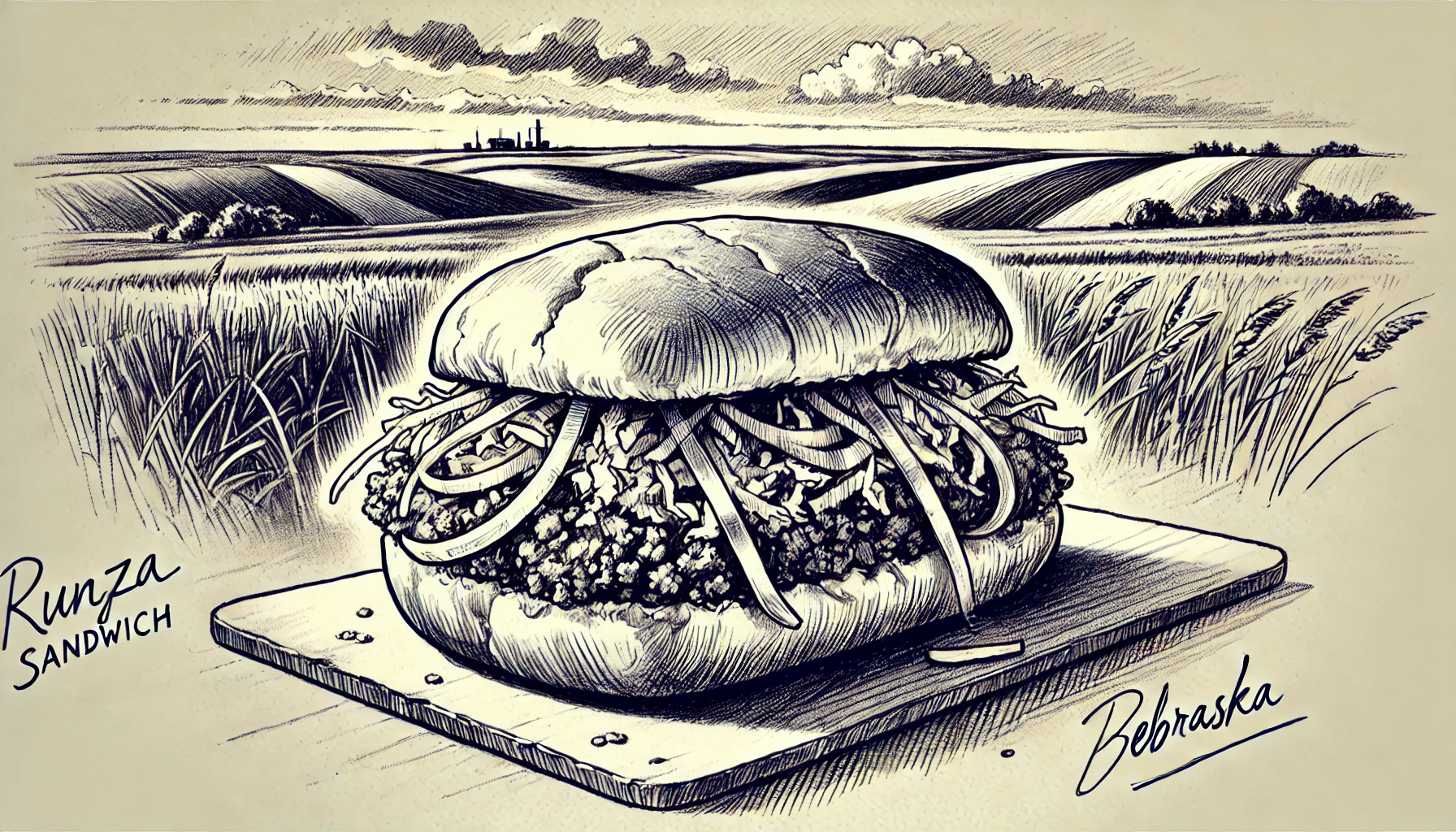Piping Plover Habitat Conservation Efforts in Nebraska

The Piping Plover, a shorebird species listed as Near Threatened on the International Union for Conservation of Nature Red List, relies heavily on specific habitats for its survival. Within the context of traveling through Nebraska, the inland habitats along the Platte River Valley, in particular the Lake McConaughy State Recreation Area near Ogallala, Nebraska, are critical for the species' conservation. The state's wetlands, riverine corridors, and sandpit lakes provide essential breeding, migratory stopover, and wintering grounds for the Piping Plover.
Habitat conservation efforts for the Piping Plover in Nebraska involve protecting and restoring its natural habitat. For instance, the Rainwater Basin Joint Venture, a collaborative program involving government agencies and conservation organizations, has been instrumental in preserving and enhancing wetlands in central and southern Nebraska. By restoring natural water regimes, managing invasive vegetation, and promoting native vegetation growth, the initiative has created crucial habitats for the Piping Plover and other shorebird species. Additionally, organizations such as the Audubon Society of Omaha and the Nebraska Game and Parks Commission have implemented conservation measures, such as the creation of artificial nesting islands and relocation of beachy habitats to reduce disturbance from recreational activities.
Furthermore, the Papio-Missouri River Natural Resources District, which encompasses the eastern part of Nebraska, including the cities of Omaha and Bellevue, has implemented programs aimed at preserving plover habitats. The district's efforts focus on maintaining optimal water levels, which facilitate the creation of sandbars, mudflats, and shallow waters essential for the species' breeding, foraging, and migratory stopovers. These conservation efforts also address issues such as erosion control and recreational activities, reducing human disturbance in these critical habitats.
Another key component of Piping Plover conservation in Nebraska is predator management. The species is highly vulnerable to predation by animals such as raccoons, coyotes, and foxes, which have increased in number due to various human activities. To counter this issue, conservationists use measures like fencing wildlife-free habitats and using electric decoy eggs to deter predators from nesting areas. These anti-predator strategies help safeguard plover nests, allowing for greater reproductive success.
Monitoring the effectiveness of these conservation efforts is also an essential aspect of Piping Plover habitat conservation. To gauge the success of these initiatives, wildlife researchers and biologists employ field observations, surveys, and studies to evaluate the species' population trends, nesting success, and habitat use. The knowledge gained through such monitoring programs informs and refines conservation strategies, ensuring that the limited resources available for plover conservation are used efficiently and effectively.
The collaborative approach among state government, local organizations, and private landowners has been instrumental in advancing Piping Plover habitat conservation efforts in Nebraska. The coordination of conservation actions has been strengthened by the Endangered Species Act's listing of the Great Plains Piping Plover, which has compelled landowners to participate in conservation activities. Consequently, there has been an observed increase in Piping Plover numbers in the region, demonstrating the efficacy of concerted conservation endeavors.
Conservation efforts, however, are not without their challenges. For example, changes in land use and precipitation patterns due to climate change, coupled with regional droughts and invasive species infestations, continue to pose significant threats to Piping Plover habitats in Nebraska. Ongoing research and evaluation of habitat conservation strategies are thus critical to maintaining a resilient ecosystem capable of sustaining this vulnerable shorebird species.
The research-driven approach employed in Nebraska's conservation programs provides a multifaceted model for conserving Piping Plover populations elsewhere. Interagency cooperation, involvement of local landowners, and precise attention to specific habitat management activities have become essential components of these programs.
Habitat conservation efforts for the Piping Plover in Nebraska involve protecting and restoring its natural habitat. For instance, the Rainwater Basin Joint Venture, a collaborative program involving government agencies and conservation organizations, has been instrumental in preserving and enhancing wetlands in central and southern Nebraska. By restoring natural water regimes, managing invasive vegetation, and promoting native vegetation growth, the initiative has created crucial habitats for the Piping Plover and other shorebird species. Additionally, organizations such as the Audubon Society of Omaha and the Nebraska Game and Parks Commission have implemented conservation measures, such as the creation of artificial nesting islands and relocation of beachy habitats to reduce disturbance from recreational activities.
Furthermore, the Papio-Missouri River Natural Resources District, which encompasses the eastern part of Nebraska, including the cities of Omaha and Bellevue, has implemented programs aimed at preserving plover habitats. The district's efforts focus on maintaining optimal water levels, which facilitate the creation of sandbars, mudflats, and shallow waters essential for the species' breeding, foraging, and migratory stopovers. These conservation efforts also address issues such as erosion control and recreational activities, reducing human disturbance in these critical habitats.
Another key component of Piping Plover conservation in Nebraska is predator management. The species is highly vulnerable to predation by animals such as raccoons, coyotes, and foxes, which have increased in number due to various human activities. To counter this issue, conservationists use measures like fencing wildlife-free habitats and using electric decoy eggs to deter predators from nesting areas. These anti-predator strategies help safeguard plover nests, allowing for greater reproductive success.
Monitoring the effectiveness of these conservation efforts is also an essential aspect of Piping Plover habitat conservation. To gauge the success of these initiatives, wildlife researchers and biologists employ field observations, surveys, and studies to evaluate the species' population trends, nesting success, and habitat use. The knowledge gained through such monitoring programs informs and refines conservation strategies, ensuring that the limited resources available for plover conservation are used efficiently and effectively.
The collaborative approach among state government, local organizations, and private landowners has been instrumental in advancing Piping Plover habitat conservation efforts in Nebraska. The coordination of conservation actions has been strengthened by the Endangered Species Act's listing of the Great Plains Piping Plover, which has compelled landowners to participate in conservation activities. Consequently, there has been an observed increase in Piping Plover numbers in the region, demonstrating the efficacy of concerted conservation endeavors.
Conservation efforts, however, are not without their challenges. For example, changes in land use and precipitation patterns due to climate change, coupled with regional droughts and invasive species infestations, continue to pose significant threats to Piping Plover habitats in Nebraska. Ongoing research and evaluation of habitat conservation strategies are thus critical to maintaining a resilient ecosystem capable of sustaining this vulnerable shorebird species.
The research-driven approach employed in Nebraska's conservation programs provides a multifaceted model for conserving Piping Plover populations elsewhere. Interagency cooperation, involvement of local landowners, and precise attention to specific habitat management activities have become essential components of these programs.
